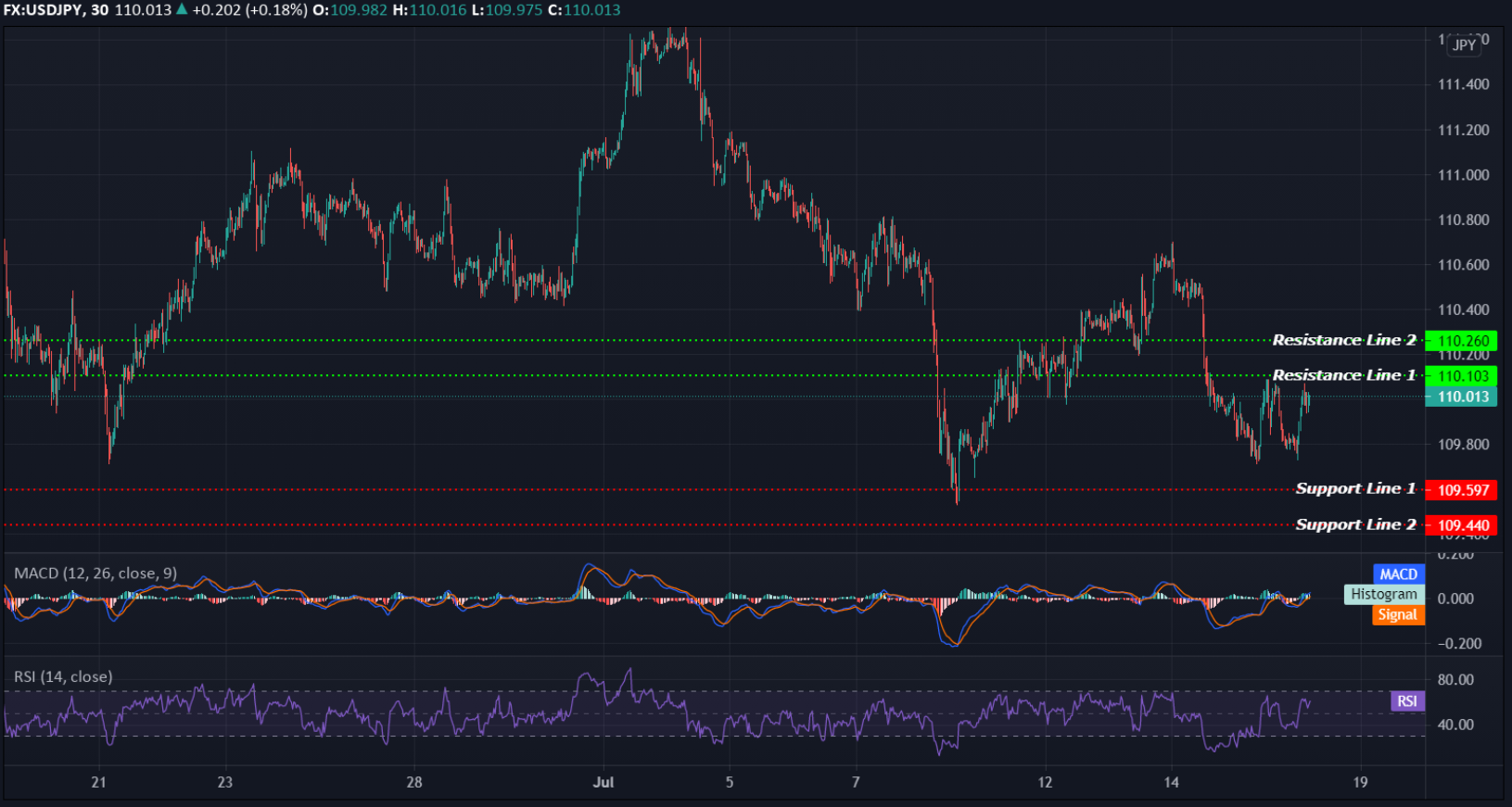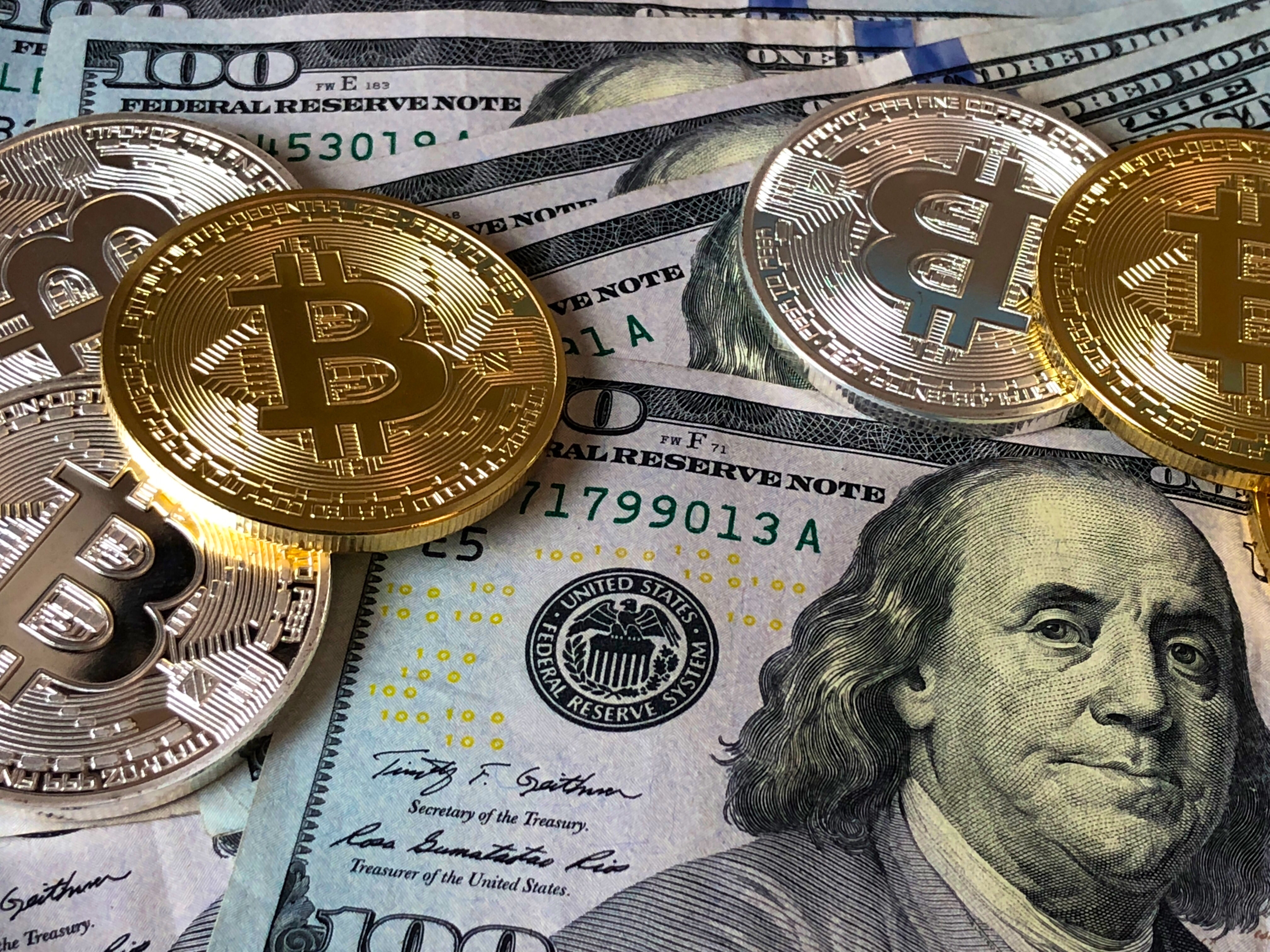EQUITIES
Asia-Pacific stocks were mixed in Friday trade. The Nikkei 225 in Japan fell 0.77% as the BoJ concludes its 2-day meeting, and the South Korea’s KOSPI declined 0.61%.
The Australia’s S&P/ASX 200 and Shanghai composite in mainland China hovered at the flatline. And in other markets, the Hang Seng index in Hong Kong rose 0.45%, while the Singapore’s Straits Times index added 0.10%, and the S&P BSE Sensex in India gained 0.19%.
Overnight on Wall Street, the Dow Jones Industrial Average rose 0.15% to end at 34,987.02 points, while the S&P 500 lost 0.33% to 4,360.03. The Nasdaq Composite dropped 0.7% to 14,543.13.
OIL
Oil prices stayed under pressure on Friday on expectations of more supply hitting the market after a compromise deal between leading OPEC producers and a poor weekly reading on U.S. fuel demand.
The Brent now traded at $73.38 per barrel, and U.S. crude futures traded at $71.63 per barrel.
Overnight, the Brent closed at $73.47, while WTI ended at $71.65 per barrel.
CURRENCIES
Investors instead flocked to bonds, after Fed Chair Jerome Powell reiterated that rising inflation is likely to be transitory and that the U.S. central bank would continue to support the economy. The 10-year U.S. Treasuries yield at 1.316%, edging near 5-month low of 1.250% touched last week.
The U.S. dollar index, which measures the greenback against a basket of currencies, was flat at 92.572 on Friday and up 0.5% for the week.
In foreign exchange, major currencies were little changed on the day, with the U.S. dollar headed for its best weekly gain in about a month.
GOLD
Gold prices eased on Friday, but still headed for a fourth straight weekly gain supported by a dovish Fed. The spot gold slipped to $1,827.30 an ounce and down to $1,828.10 per ounce for gold futures. Previously closed at $1,829.40 and $1,829.00, respectively. It gained around 1.1% so far for the week.
Elsewhere, palladium rose 0.83% to $2,752.00 per ounce, but was on track for its first weekly decline in four. Platinum eased 0.11% to $1,136.40 per ounce, still up 2.8% for the week. Silver rose 0.30% to $26.47 and headed for 1% for the week.
ECONOMIC OUTLOOK
Asian shares slip on Friday as investors were uninspired by recent mixed economic data and third day of U.S. banks reporting relatively strong earnings, as well as Powell’s dovish testimony.
While Q2 reporting season that kicked off this week showing companies beat expectations, the reports but also highlighting the industry's sensitivity to low interest rates.
U.S. stocks tumbled after Fed chairman Jerome Powell’s dovish testimony failed to provide any fresh catalysts to buy risky assets. Powell noted that inflation would overshoot over the Fed’s 2% target for a while before going down to match the target, signalling that it was premature to tighten the policy.
Concerns about a recent inflation spike also pulled down U.S. big tech companies, bringing Nasdaq to end lower on Thursday. Risk sentiment broadened in Asian trading, weighed on tech firms as investors took profits fearing its best times could already be behind it.
U.S.’s initial claims for state unemployment benefits fell 26,000 to a seasonally adjusted 360,000 for the week ended July 10, a 16-month low. The continuing claims fell to a 3.24 million in the week ended July 3.
In the oil market, Saudi Arabia and the UAE had reached an accord that should pave the way for a deal to supply more crude to a tight oil market. A deal has yet to be finalised and the UAE energy ministry said deliberations are continuing.
OPEC, in its monthly report, said it still foresees a strong recovery in world oil demand for the rest of 2021, and predicted oil use in 2022 would reach levels similar to before the COVID-19 pandemic.
TECHNICAL OUTLOOK
[USDJPY]
Important Levels to Watch for Today:
- Resistance line of 110.103 and 110.260.
- Support line of 109.597 and 109.440.
Commentary/ Reason:
The yen traded lower at 110.013 per dollar, against an earlier high of 109.71 against the greenback. Safe-havens yen has been firm for the week so far, up 0.2% on the dollar.
The yen weakened on concern that the pandemic is worsening in Japan after Tokyo reported 1,308 new COVID-19 infections on Thursday, the most in 6 months.
However, a decline in T-note yields throughout the week sparked short-covering in the yen, and USD/JPY erased its advance and moved lower.
The BoJ concludes a 2-day meeting and held steady on monetary policy. The Japanese central bank also downgraded its real GDP forecast for fiscal year 2021 to a 3.8% expansion, as compared with the 4% growth forecast made in April.
The USD/JPY pair has once again rejected the ascending trendline which has developed as a key resistance area. As such, price action is now traded rangebound, paring losses but still at risk of falling. The pullback could be the first signs of waning bullish momentum.
Technical indicators have bounced modestly from intraday lows, although the RSI remains near oversold levels. Their bullish potential is pretty much null at the time being.















